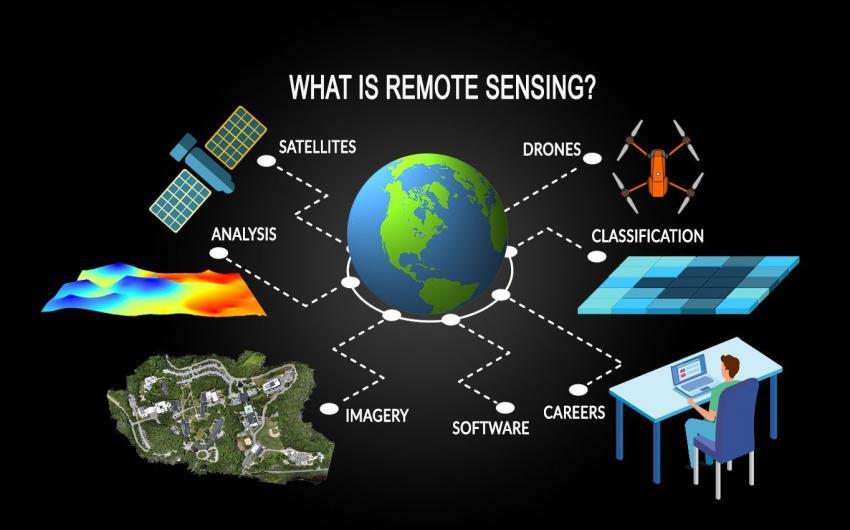This course on Nanotechnology and Environmental applications covers
the basic principles of nanotechnology which includes different type of
nanomaterials, its fabrication and synthesis, size dependent properties,
characterization, and environmental applications of these nano materials
- Teacher: Pradeepan Periyat FACULTY

The Course aims
- Study the basic principles of Remote sensing and GIS
- Differentiate various types and characters of sensors
- Understand the concept of active, passive and microwave remote sensing
- Know the importance of digital image processing
- Know about various applications of GIS and Remote sensing
- Teacher: JESIYA N P FACULTY
- Teacher: Pradeepan Periyat FACULTY

- To provide basic conceptual understanding of disasters.
- To understand approaches of Disaster Management
- To build skills to respond to disaster
- To develop rudimentary ability to respond to their surroundings with potential disaster response in areas where they live, with due sensitivity.
- Teacher: Dr. Manoj K FACULTY
- Teacher: Pradeepan Periyat FACULTY
The Course aims
- Discuss and verify the different types of sampling design
- Classify and explain the various methods of central tendency and dispersion in research
- Summarize the advantages and disadvantages of use of computer modelling in research
- Impart knowledge for develop data analytics skills and meaningful interpretation to the data sets so as to solve the research problem.
- Design and encompass all the relevant research basics such as data acquisition, literature review, and statistical analysis.
- Teacher: DR. THANGAVELU. A FACULTY
- Teacher: Pradeepan Periyat FACULTY
The Course aims
to understand the need for EIA
acquire knowledge on various components of environmental impact
assessment
explore various environmental assessment methodologies
comprehend the impact of any developmental activities and its mitigation
measures
study about disaster management and policy.
- Teacher: Dr. Manoj K FACULTY
- Teacher: JESIYA N P FACULTY
- Teacher: Pradeepan Periyat FACULTY
